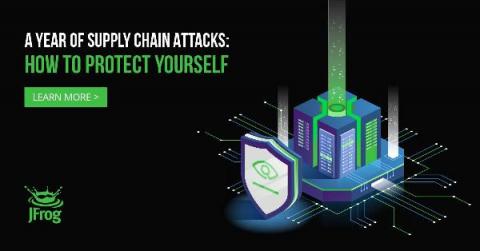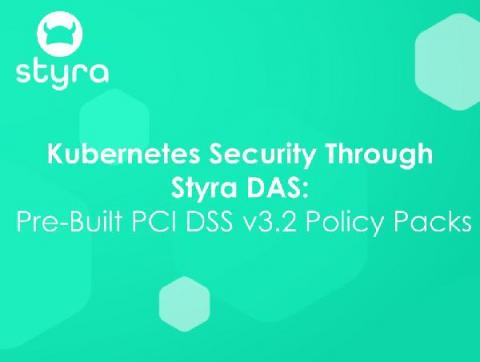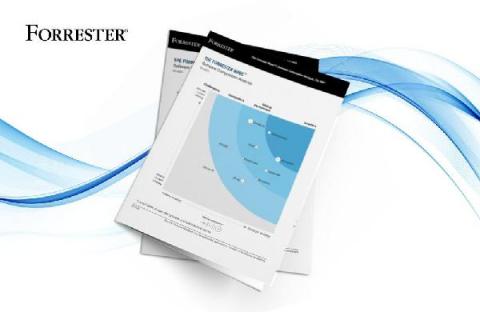What is a Third-Party Risk Assessment?
A third-party risk assessment is an analysis of the risk introduced to your organization via third-party relationships along the supply chain. Those third parties can include vendors, service providers, software providers and other suppliers. Risks to be considered include security, business continuity, privacy, and reputation harm; as well as the risk that regulatory compliance obligations might force you to stop working with a party until its issues are addressed.











